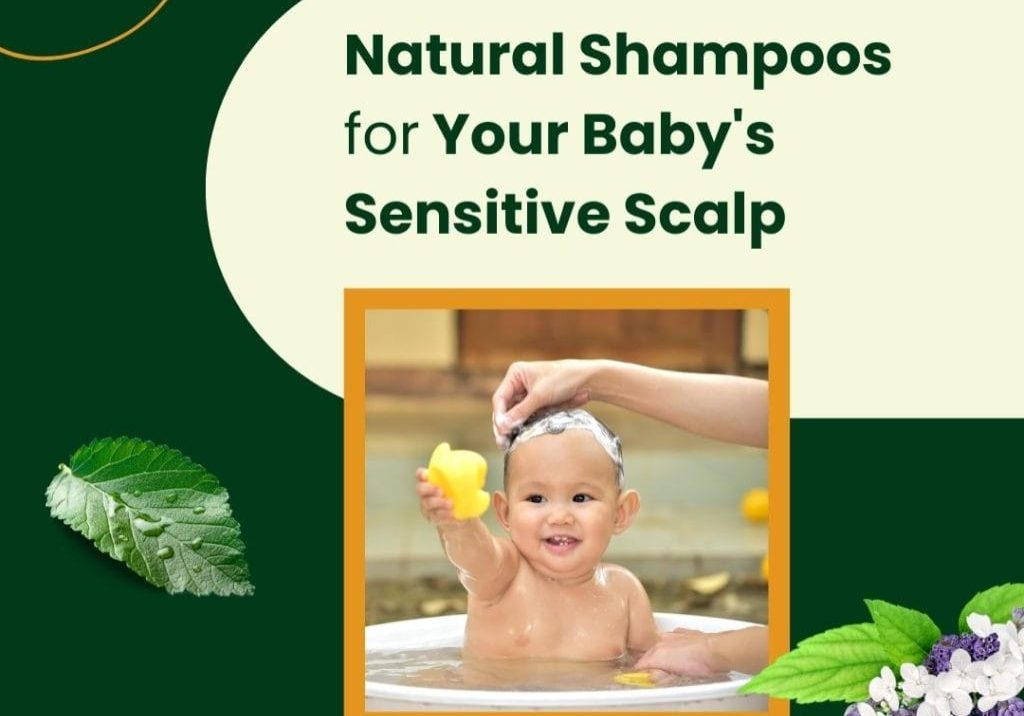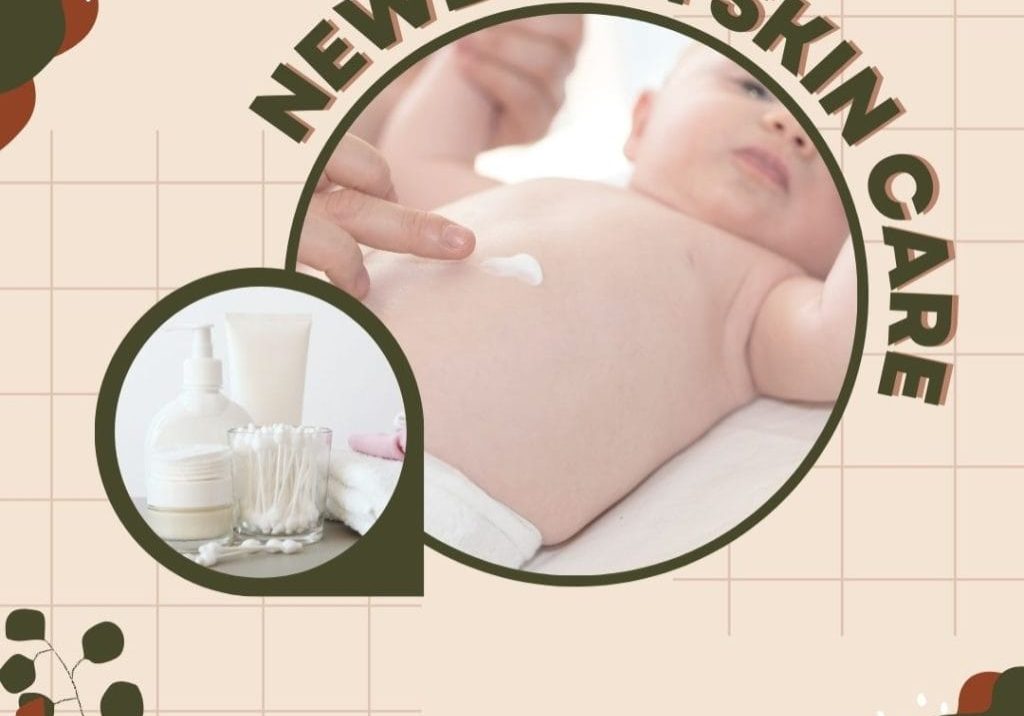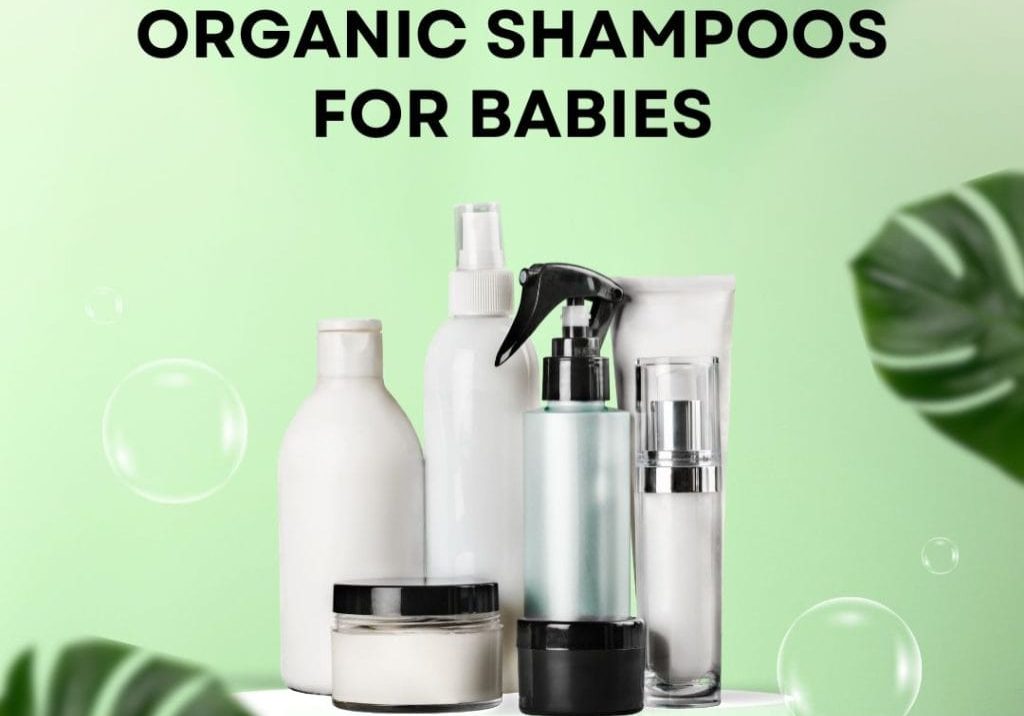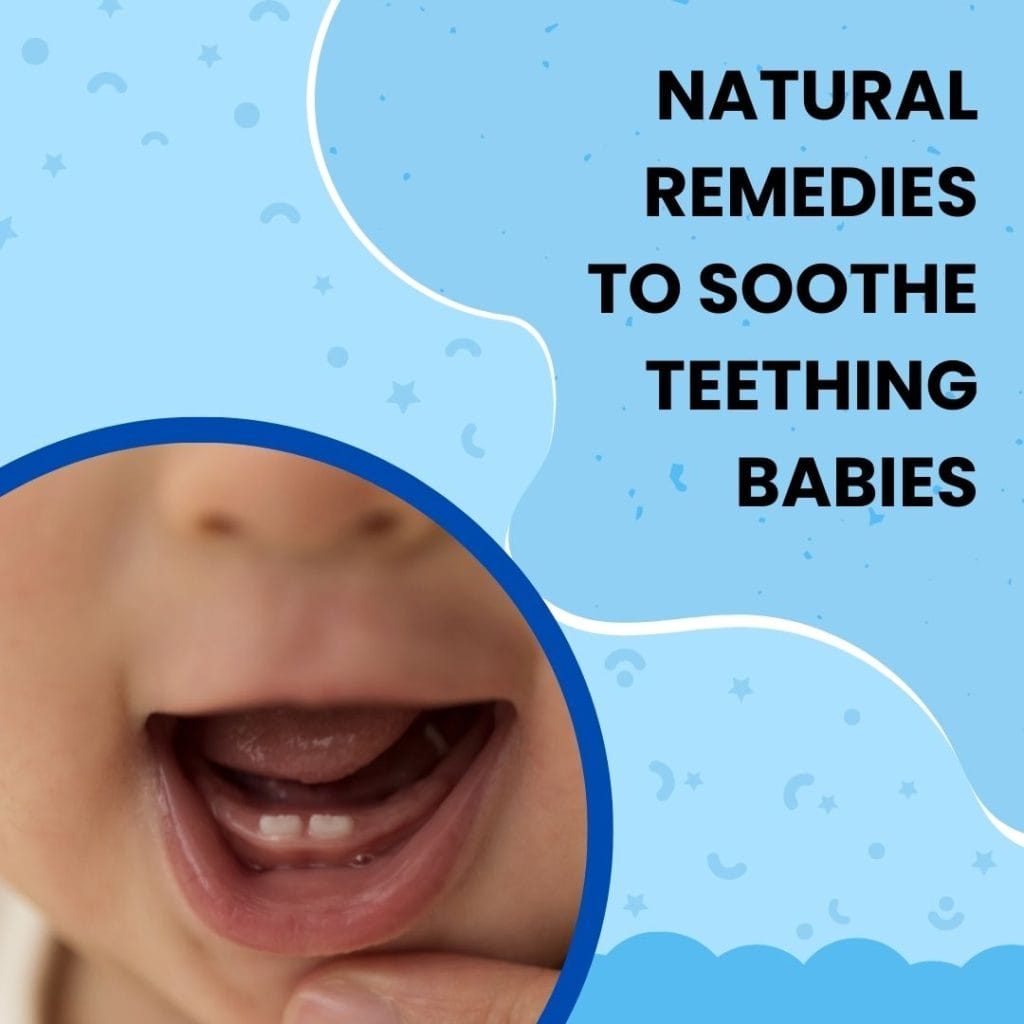Sun protection for babies is an essential aspect of their safety and health. As delicate as they are, babies’ skin is particularly sensitive to the harmful effects of the sun. This article provides a comprehensive guide on the various measures one can take to ensure effective sun protection for babies.
Essential Tips for Protecting Babies from the Sun
As a vigilant parent, your priority is shielding your precious little one from the harmful effects of the sun. However, as we prepare to enjoy the summer warmth, it’s essential to understand how to ensure sun safety for infants. The Food and Drug Administration advises that while sunscreens should be abundantly applied on older children and adults, infants under the age of 6 months require unique sun protection measures, as opposed to conventional sunscreens.
The Best Sun Protection Choices for Babies
When it comes to sun protection for babies, adopting a multi-faceted approach that includes shade, clothing, and careful timing can be most effective.
Avoid Peak Sun Exposure Times
One of the simplest ways to protect your baby from the sun’s harmful rays is by avoiding peak sun exposure times. The sun is at its strongest and most harmful between 10 a.m. and 2 p.m. During these hours, UV radiation is at its peak. Instead of taking your baby out during these hours, opt for an early morning or late afternoon/evening walk. Not only will this help you avoid the hottest part of the day, but it also considers that infants don’t sweat well, making it easier for them to stay cool.
The Power of Protective Clothing
Relying on protective clothing is a great solution for providing sun protection for babies. Wide-brimmed hats, lightweight long-sleeved shirts, and pants shield your baby’s tender skin from direct sunlight. Consider clothing with built-in UV protection added directly to the fabric for additional protection. These specially designed clothes often have a Ultraviolet Protection Factor (UPF) rating that indicates how much UV radiation the fabric allows to reach your skin.
Use of Sunscreen for Babies
Sunscreen should be used sparingly and only on areas that cannot be easily covered or shaded, such as the hands and face. Babies have thin skin that can easily absorb ingredients from sunscreen, which also might irritate their skin—especially if the sunscreen is chemical-based. When using sunscreen, consider a physical sunscreen that blocks the sun’s rays; look for ingredients like titanium dioxide and zinc oxide as these usually do not irritify delicate skin.
Shade – A Natural Sunscreen
Utilize sun umbrellas, tents, or other means of shading to help avoid sun exposure. Keep in mind, however, that sand, concrete, and water can reflect the sun’s rays, so shaded areas should not be the only form of protection you rely on.
Providing Sun Protection in the Car
Ensure you protect your baby from sun exposure even when riding in the car as glass does not block UVA rays. Use a sun shade on car windows when your baby is in the car seat and don’t forget about protection on cloudy or cool days when the sun’s rays can still be harmful.
Avoid Using Insect Repellent
You should abstain from using “bug and sun” products. Infants under two months of age should not have insect repellent applied on them at all. Since sunscreen needs to be reapplied frequently, using combination products can cause your baby to be exposed to excessive amounts of insect repellent.
Importance of Eye Protection
Eye protection is as essential as skin protection. Train your infant to wear sunglasses offering broad spectrum UVA/UVB protection and they will learn this is a natural part of being outside. By following these guidelines, you can help assure your baby is better protected from painful sunburn now…and skin cancer in the future.
Conclusion
In conclusion, implementing comprehensive sun protection for babies is a paramount responsibility for all caregivers. It involves being mindful of the timing of sun exposure, using protective clothing, judicious application of suitable sunscreens, and leveraging shade for protection. Always remember, the key to effective sun protection for babies is a multi-pronged approach that starts early and is consistently applied.










